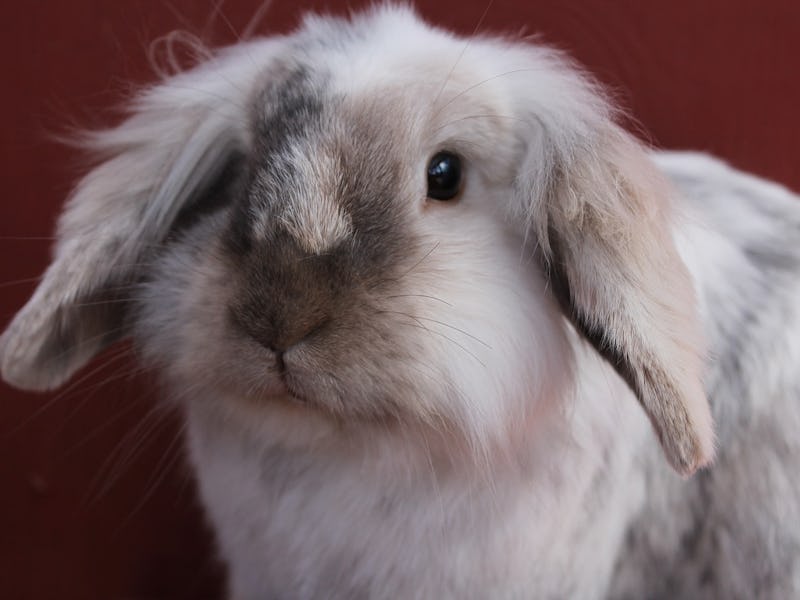Rabbit Genes Unraveled a Weird Catholic Legend About Meat-Eating
Happy Lent.

Today marks the first day of Lent, the 40-day period before Easter when Christians give up certain luxuries as a form of penance for their sins. One of the big no-nos during this period is eating meat on Fridays, but legend has it that back in the year 600, Pope Saint Gregory the Great chilled out and said it was fine for people to eat one type of meat during Lent: newborn rabbits. Baby bunnies, he allegedly said, weren’t meat, and then it was so. A byproduct of the decision was the domestication of rabbits.
The problem with this story is that it isn’t true, as scientists from the University of Oxford explain in a paper released Wednesday in Trends in Ecology and Evolution.
They accidentally debunked this Lent tall tale while attempting to genetically date the domestication of rabbits using the “molecular clock” method. This technique examines the mutation rate of two species’ DNA and protein sequences to determine when they diverged in evolutionary time. In this study, the team compared the genomes of domestic and wild rabbits with the hunch that the divergence would have happened around the same time as Pope Gregory’s decision in the year 600.
Don't eat these guys during Lent.
In a surprise twist, the molecular clock method indicated that the genomes of domesticated and wild rabbits diverged all the way back in the last Ice Age. That doesn’t imply that our ancient ancestors had already domesticated the rabbit. Rather, the scientists think that it means the wild rabbits in the study don’t share a recent ancestor with the domesticated bunnies.
They dug into the domestication rumor, examining archeological and historical records, and found that there has never been any official stance from the Vatican that rabbit was not considered meat — strike one on the Pope Gregory story.
“I had cited it, colleagues of mine had cited it, it’s all over Wikipedia, it’s all over the web… but it turns out that the modern story is a complete house of cards,” co-author Greger Larson, Ph.D., explained in a statement released Wednesday. “What was really interesting to me then was why nobody’s really thought about it or been critical about it.”
Pope Gregory: rabbit eater?
What probably happened in the domestication of rabbits was that there was no singular eureka moment, like a pope telling everyone it was time to saddle up and eat some bunnies. That’s strike two. Domestication, it’s easy to forget, requires numerous generations of a species to develop. Just like ancient, wild dogs took centuries of breeding to turn into the 2018 Westminster champion Flynn the bichon frisé, the ancestors of domesticated rabbits likely started interacting with humans during the Paleolithic era, and then eventually became pets. Records indicate that, along the way, bunnies were kept in enclosures by Roman and medieval societies — but there’s no evidence yet that domestication was purposeful.
“For the vast majority of human existence, no one said, ‘I am going to grab this wild organism and bring it into captivity and, voila, I will create a domestic one,’” Larson says.
“If you want to divide the continuum into a dichotomy of wild and domestic, you can do that, but you have to know that it’s necessarily going to be arbitrary.”